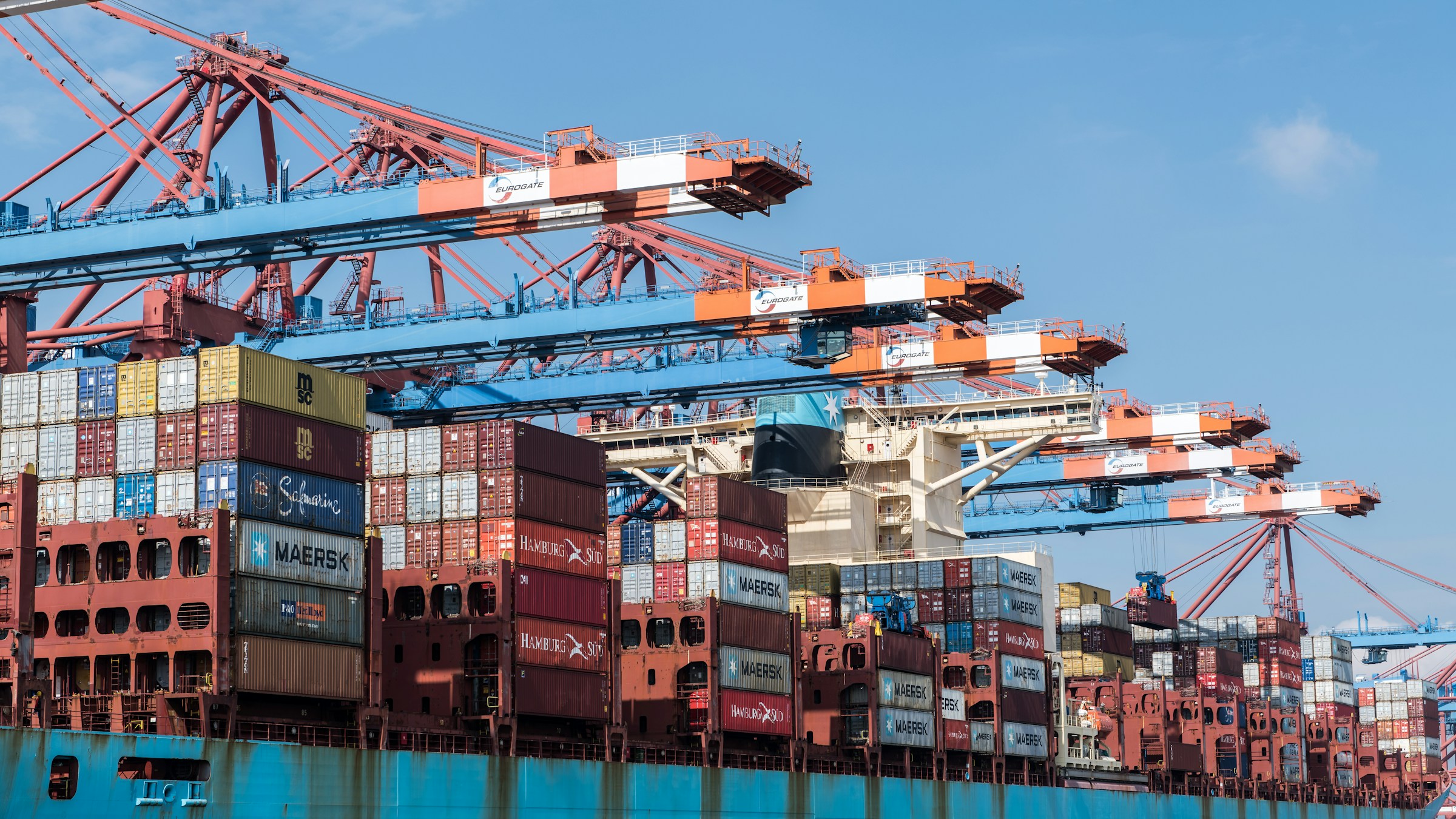From the outside, the global economy looks deceptively stable. Job reports are strong in the US, consumer sentiment is rebounding in the Eurozone, and inflation has moderated in key markets. But beneath this veneer of resilience lies a more unsettling reality—one where capital is quietly repositioning in response to unresolved tensions, not coordinated confidence. This is not a recovery. It’s a recalibration without consensus.
If our current economic environment feels contradictory, it’s because it is. Monetary authorities are split between rate-holding and preemptive easing. Governments are championing both fiscal consolidation and stimulus-heavy industrial strategies. Asset markets are behaving as though a soft landing is priced in, even as productivity stagnates and credit conditions tighten. The confusion is not just perceptual—it’s structural. And institutions are acting accordingly.
The economic storylines diverge by region and sector. In the United States, the Federal Reserve maintains a cautious hold, wary of inflationary flare-ups, while wage growth and labor force participation suggest a labor market that has not cooled meaningfully. Meanwhile, Europe is absorbing the lagging effects of high rates and external shocks, particularly in energy and exports, while quietly preparing fiscal backstops. In Asia, China is fighting disinflation and demographic drag even as it navigates property sector instability and capital flight risk.
This divergence is not unprecedented—but the lack of synchrony in response is unusual. Central banks and sovereigns are no longer responding to the same signals. The global economic compass appears to be spinning, and capital is choosing its own true north.
Institutional investors are not waiting for policymakers to clarify the narrative. They are shifting allocation based on the structural, not cyclical read of the economy. Sovereign wealth funds and large family offices have begun a subtle but deliberate rotation:
- From consumer discretionary into infrastructure, logistics, and energy transition plays.
- From mid- and long-duration fixed income into floating-rate credit and short-term paper.
- From Western real estate—especially commercial office—into emerging market logistics and cold-chain assets.
- From developed-market equities into sovereign-linked funds and alternatives in Southeast Asia and the Gulf.
These moves are not speculative—they are risk containment strategies. They reflect a view that the current moment is not about chasing upside, but about insulating capital against political, regulatory, and inflationary volatility. The narrative of resilience has not convinced institutional capital. It has simply bought it time to retreat strategically.
Monetary authorities face an unenviable task: managing expectations without policy clarity. The Fed has signaled “higher for longer,” but markets price in cuts as early as Q2 next year. The European Central Bank remains more explicitly cautious, but faces fiscal spillovers from member states attempting stimulus through energy subsidies and tax breaks. In the Gulf, interest rate parity to the US dollar is creating tight liquidity without matching inflationary pressures, forcing central banks into defensive postures.
The silence is telling. Policymakers are no longer setting the tone. They are responding to second-order effects—energy shifts, supply chain realignments, credit contraction. In this vacuum, allocators are taking the lead in reinterpreting macro directionality.
Nowhere is the reallocation more visible than in real estate and private credit markets. In the US, regional banks continue to face duration risk on commercial real estate loans, where refinancing pressures and vacancy rates are rising. In Europe, the ECB’s Bank Lending Survey points to weakened demand and tightened credit standards. In China, property developer defaults have shifted liquidity out of Tier 2 and Tier 3 cities and into state-supported infrastructure and sovereign-backed entities.
Meanwhile, private credit funds—especially in the US and UAE—are absorbing institutional flows traditionally allocated to long-duration bonds. This isn’t just about yield. It’s about control. Private credit offers covenants, direct negotiation, and jurisdictional security—features that increasingly matter more than nominal return.
In past cycles, “flight to safety” meant US Treasuries and gold. Today, it means Singapore-dollar cash deposits, short-term GCC sovereign bonds, and family-office registered private vehicles. Institutional money is being moved into jurisdictions with legal clarity, FX stability, and tax reliability. This is a different kind of risk-off behavior—not defensive panic, but a search for long-duration trust.
Singapore and the UAE, in particular, are benefiting from this. Not through speculative inflows, but through sustained interest in real asset-backed financing, fintech infrastructure, and jurisdictional migration of capital owners. The safe haven is no longer just a financial product. It’s a regulatory ecosystem.
The question “What economy are we living in?” suggests a desire for a single label: recovery, downturn, stagnation. But the real answer is none of the above. We are living in an economy where posture matters more than policy, where risk management has overtaken growth strategy, and where capital flows are governed by institutional distrust of the current signaling environment.
It is not volatility that’s defining this moment. It is ambiguity. And capital is making the necessary adjustment.
What seems like resilience at the surface—stable equity indexes, job growth, moderate inflation—is belied by the deeper reallocation patterns underneath. Capital has already moved. Institutions are preparing not for crisis, but for long-term strategic ambiguity. That’s the real economy we’re living in. One that doesn’t look broken—but no longer believes the old models can be trusted.











.jpeg&w=3840&q=75)



